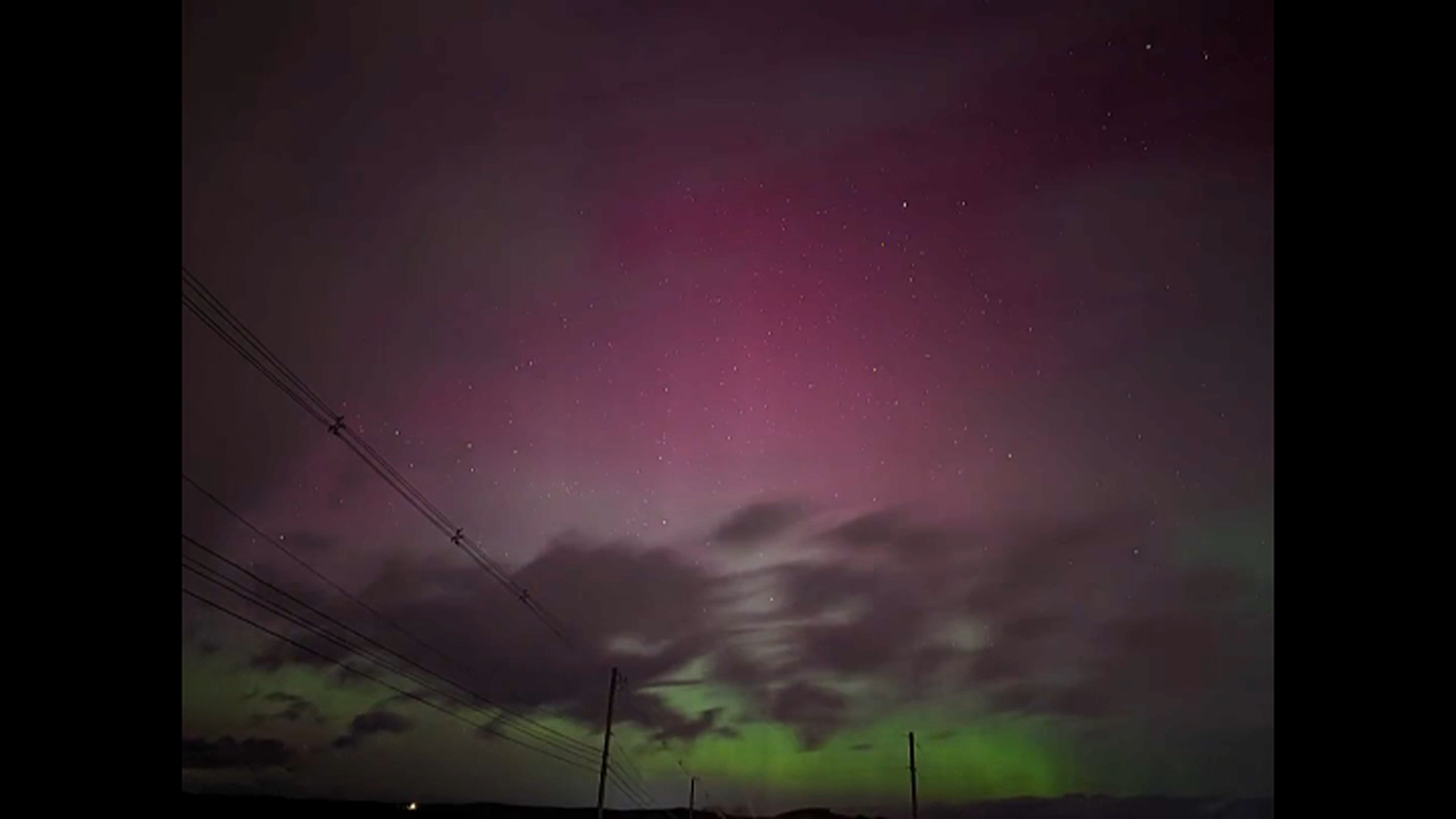On Tuesday evening, five planets — Jupiter, Mercury, Venus, Uranus and Mars — will all gather within a 50-degree sky sector in what will be a rare astronomical phenomenon, according to the website Starwalk.
Here's what to know about how to see it above Massachusetts this week.
When and Where Can You See Them?
Although the alignment has been visible for the past few days, the best day, experts say, to catch the planetary alignment is Tuesday. You'll want to look towards the western horizon, just after sunset, NASA astronomer Bill Cooke says.
Get New England news, weather forecasts and entertainment stories to your inbox. Sign up for NECN newsletters.
The parade will stretch from the horizon line to around halfway up the night sky, and it should be visible from "anywhere on Earth," The Associated Press reports -- so long as you have clear skies and a view of the west.
Will Boston Skies Clear in Time?
In the Boston area, the clouds may clear just in time.
According to our First Alert Weather Team, clouds linger throughout the day today, but skies begin to clear after 5 p.m. At 7:05 p.m., the sun sets in Boston. The window to see ALL the planets is roughly within 30 minutes after sunset.
Do I Need Binoculars or a Telescope?
It depends.
"Four planets will be visible to the naked eye," Sack says, referring to Venus, Jupiter, Mars and Mercury.
According to Cooke, Jupiter, Venus and Mars should be easy to spot, as they all shine brightly. Venus will be one of the brightest things in the sky, and Mars will be hanging out near the moon with a reddish glow.
Want to know what's up for your weekend? Click here to subscribe to our free weekly newsletter about events, experiences and adventures for you and for your family around Boston. (You might even find a few freebies!)
Mercury will be tougher to spot, since it's small, Sack says, adding that, "for Uranus, you'll need a telescope."
And don't be late: Mercury and Jupiter will quickly dip below the horizon around half an hour after sunset.
Does This Happen Often?
Different numbers and groups of planets line up in the sky from time to time. There was a five-planet lineup last summer and there's another one in June, with a slightly different makeup.
This kind of alignment happens when the planets’ orbits line them up on one side of the sun from Earth’s perspective, Cooke said.



